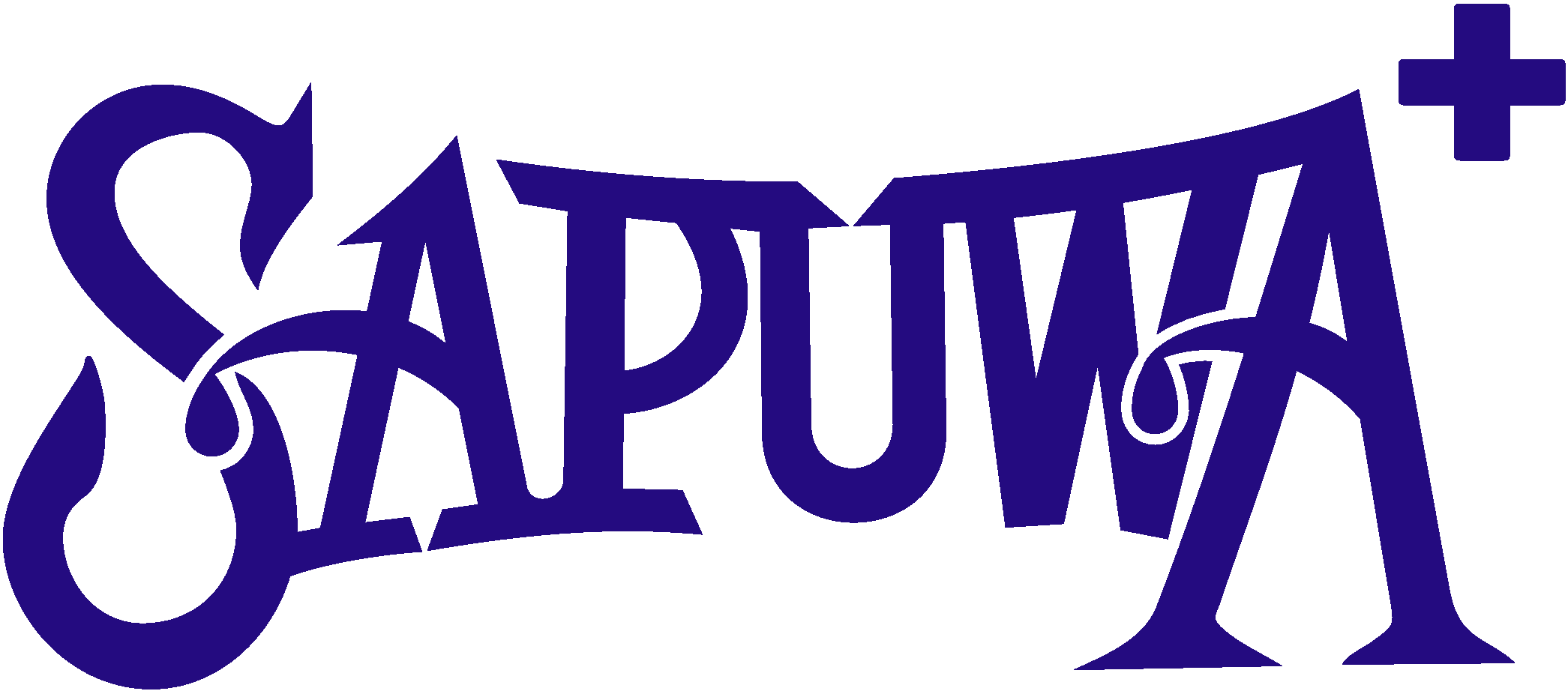Bottled Water vs Tap Water
Drinking water - tap, filtered, or bottled - is important for healthy hydration and plays a vital role in people’s lives. Consumers choose bottled water for several reasons, including taste, quality, and convenience.
Bottled water is also an alternative to less-healthy sugary packaged beverages when consumers want to eliminate or moderate calories, caffeine, sugar, artificial flavors or colors, alcohol, and other ingredients from their diets.

How Safe is Bottled Water
Support For Public Water Systems
Contrary to what you might hear, the bottled water industry supports a strong public water system which is important for providing citizens with clean and safe drinking water. In fact, many bottled water companies use public water sources for their products. Once the water enters the bottled water plant several processes are employed to ensure that it meets the purified standard of the U.S. Pharmacopeia 23rd Revision. These treatments can include utilizing a multi-barrier approach. Measures in a multi-barrier approach may include one or more of the following: reverse osmosis, distillation, micro-filtration, carbon filtration, ozonation, and ultraviolet (UV) light. The finished water product is then placed in a bottle under sanitary conditions and sold to the consumer.
Moreover, the water from public water systems is often compromised after emergency situations or natural disasters (e.g., hurricanes, floods, tornados, fires, or boil alerts). During these times, bottled water is a necessary and reliable alternative to deliver clean, safe drinking water. However, tap water does provide in most cases a safe source of drinking water, even if occasional system failures make it necessary for consumers to search for alternatives during these times.
Get the Facts
The 2011Drinking Water Research Foundation (DWRF) report “Bottled Water and Tap Water: Just the Facts” provides a detailed comparison of quality and monitoring regulations for tap water and bottled water.
DIFFERENCES IN THE REGULATION OF TAP WATER AND BOTTLED WATER, THOUGH MINIMAL, HIGHLIGHT THE DIFFERENCES BETWEEN DRINKING WATER DELIVERED BY A PUBLIC WATER SYSTEM AND DRINKING WATER DELIVERED TO THE CONSUMER IN A SEALED CONTAINER.
|
Source: bottledwater.org
Collected by Nhu-Vu SAPUWA
Relative post
- The secret to staying hydrated when traveling for a complete trip
- What should women over 30 drink to have beautiful skin and a youthful figure?
- Where should you go on September 2 in Ho Chi Minh City - Top 10 extremely hot places today
- September 2nd, where should we travel to heal our souls?
- Explain what electrolyte disorders are and effective ways to prevent them
- Alkaline ionized cooking water does not reveal surprising benefits
- Electrolyzed water to treat atopic dermatitis takes advantage of natural power
- Ways to alkalize the body protect health and prevent disease
- 5 signs of excess acid in the body and effective ways to balance it
- The secret to drinking water properly after eating to protect your health
- Types of water you should and shouldn't drink at night for a good night's sleep
- The secret to making tea with alkaline ionized water is especially delicious








 0
0


